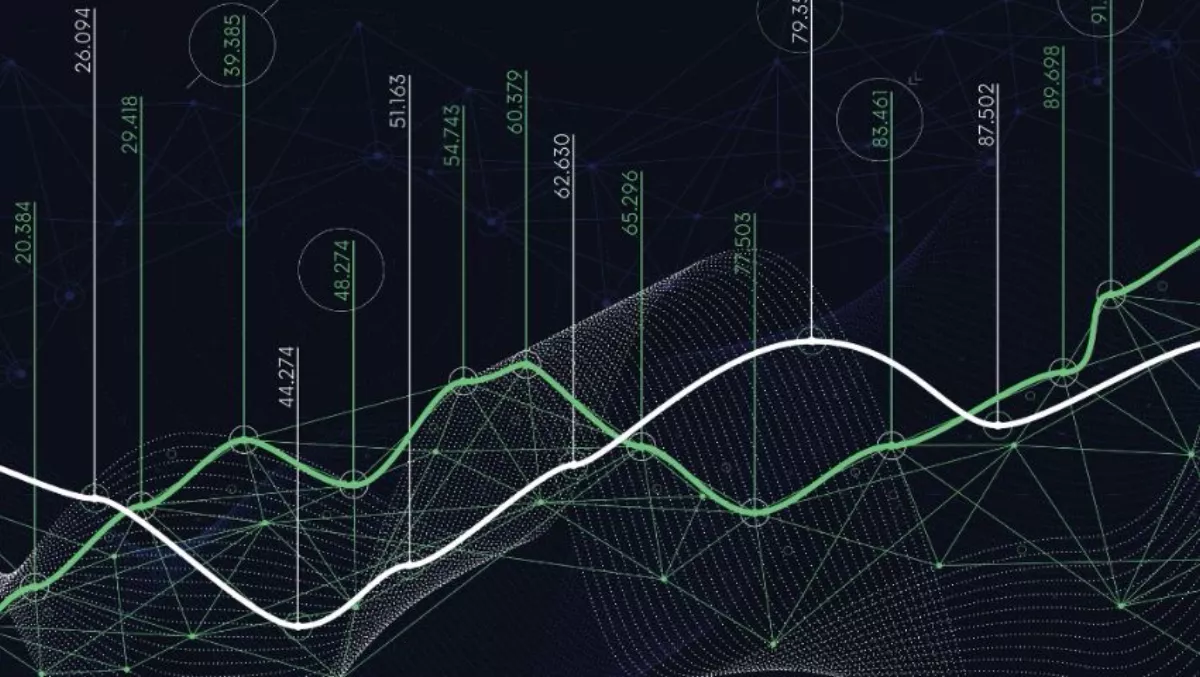
IDC Australia industry predictions for 2018
International Data Corporation (IDC) announced its Australia information technology (IT) industry predictions for 2018 and beyond.
In the past few years, the industry has witnessed the rise of digital transformation (DX) and the disruptions and opportunities it poses for traditional businesses and society in Australia.
Organisations of every size and industry risk fundamental disruption because of new technologies, new players, new ecosystems, and new ways of doing business.
While DX accelerates in Australia and globally, the half-life of companies shrinks, disrupted by new business models and 3rd Platform technologies.
The imperative is not just keeping pace with business change but also increasing the speed of business operations.
In an attempt to go faster, organisations struggle under a forest of silos, and business innovations stagnate with redundancy and inconsistency.
IDC senior research manager Sabharinath Bala says, "The digitalisation phenomenon will continue to push DX as the top priority for IT executives, as innovation through DX is permanently reshaping the future of Australian organisations.
"The pace at which organisations generate digitally enhanced products and services will amplify their reach in the market and be key to their success.
Sabharinath Bala and IDC Australia research analysts revealed the strategic top predictions that will unfold in 2018 and beyond, resulting in the biggest impact on organisations in the country.
DX economy tipping point: By 2021, at least 60% of Australia's GDP will be digitised, with growth in every industry driven by digitally enhanced offerings, operations, and relationships; by 2020, investors will use platform/ecosystem, data value, and customer engagement metrics as valuation factors for all enterprises.
DX platforms: By 2020, 50% of AU500 will have fully articulated an organisation-wide digital transformation platform strategy, and will be in the process of implementing that strategy as the new IT core for competing in the digital economy.
Cloud 2.0, distributed and specialised: By 2021, enterprises' spending on cloud services and cloud-enabling hardware, software, and services will more than double to over A$9.8 billion, leveraging the diversifying cloud environment that is 35% at the edge, over 15% specialised (nonx86) compute, and over 65% multicloud.
AI everywhere: By 2019, 50% of digital transformation initiatives will use artificial intelligence services; by 2021, 85% of commercial enterprise apps will use AI, over 65% of consumers will interact with customer support bots, and over 60% of new industrial robots will leverage AI.
Hyper-agile apps: By 2021, enterprise apps will shift towards hyper-agile architectures, with 85% of application development on cloud platforms (PaaS) using microservices and cloud functions (e.g., AWS Lambda and Azure Functions) and over 90% of new microservices deployed in containers (e.g., Docker).
Blockchain and digital trust: By 2021, at least 25% of ASX organisations will use blockchain services as a foundation for digital trust at scale.
Everyone's a data provider: By 2020, 80% of large enterprises in Australia will generate revenue from data as a service, up from nearly 35% in 2017.
Open API ecosystem: By 2021, more than half of the ASX companies will see an average of 45% of their digital services interactions come through their open API ecosystems, up from 10% in 2017, amplifying their digital reach far beyond their own customer interactions.
Bala concludes, "The ability to deliver digital at scale and across the enterprise is critical to win in the DX economy.
"The increased complexity in measuring the success of DX outcomes will force the C-suite and the digital leadership teams to establish unambiguous metrics and KPIs as part of their DX roadmap.


